Natural Science
Dodging crowds and journeying to the heart of myth in Florence
Florence is crowded. It may well be that Naples is the only Italian city that isn’t overrun with tourists in the summer. Three days without other travelers around left us unprepared for the crowds in Florence.
Florence is, admittedly, more of what tourists expect Italy to be. There’s no graffiti, the streets are free of trash, and the city looks like something out of a fairy tale, the sort of thing that makes travel writers trot out the clichés — narrow, winding, stone streets, beautiful river walks, and plenty of English-speaking waiters. And so they come.
Luckily it’s never that hard to dodge crowds. Sometimes you have to tour Angkor Wat in the sweltering midday heat. Other times you need go in the off season. In Florence it’s really easy, you just need to get up early and the streets will be deserted.
Once the tourists make it out of bed, get off the streets. Head over to “La Specola”, the Museum of Zoology, part of the Museo di Storia Naturale di Firenze. Zoology isn’t something near the top of most must-see lists and in my experience, you’ll have the place to yourself.
Of course how much you’ll enjoy La Specola depends a little bit on how much you enjoy wandering through rooms filled with dead animals. My father taught biology and zoology for many years, so I grew up around dead animals, but clearly, La Specola is not for everyone.
Part of the appeal of the museum is simply the antique wooden cabinets used to house the various lions, leopards, monkeys, birds and butterflies. The old, uneven and warped glass ripples as you pass, distorts the view from the corner of your eye, giving all the animals a shimmering hint of movement, as if there were still a bit of life left somewhere behind the glass.
La Specola’s specimens are old. Most date from the very beginnings of natural science. The visible specimen tags I could read ranged from the early 1700s up through the late 1800s and into the 1900s. A few specimens come from the Medici family’s private collection and are even older. That means the vast majority of the animals in La Specola date from well before Darwin’s voyage on the Beagle, and some were brought to Florence even before Linnaeus had come up with the means of organizing them.
Of course stuffed specimens from 300 years ago aren’t going to be in the best of shape. Feathers have fallen off many of the birds, scales have dropped from the fish, the large mammals have badly dried and cracked hides and the natural coloring has long since faded from many.
What’s fascinating isn’t so much the specimens themselves, but the glimpse they offer into the curious minds of the time. When La Specola was founded in 1771, western culture was just shrugging off over a thousand of years of monotheist dogma, shifting its gaze from a god to the world itself. New myths, ones that shape our world today1, were starting to weave themselves together around this time. La Specola hails from the very beginning of that yearning to know more about the world, to reject monotheist doctrine in favor of actual experience with the world around you, in this case discovering first hand the creatures that share our planet.
This is the explosion of exploration, travel and discovery. The “age of discovery” as hindsight has named it.
But more than that, it’s the golden age of the amateur. It’s the age of people like you and me, curious about the world and determined to see it for themselves, stumbling around, finding what they found. It was a unique time, there were no professional scientists yet, no authorities or academic review boards. For western Europe, crawling out from under the yoke of monotheism, everything was new, everything was a discovery.
In the case of amateur zoologists much of what they found was sent back here, to La Specola.
That’s the bright side. But there’s something obviously perverse about it all too. Heading out into the world, discovering exotic and fascinating animals and then killing, gutting and stuffing them for the folks back home suggests that yoke of monotheistic dogma has only partly been shed. Its arrogance, its presumption of absolute authority lingers.
There are subjects (explorers) and objects (everything else) here. The subjects are gone, only their labels and the objects remain. That’s the way of Subjects and Objects. Subjects can do whatever they want to objects because objects are static things. Objects have no subjectness, no say at all in the matter. They get killed, gutted, stuffed and left for centuries behind glass because that’s what the Subjects wanted.
This is also the mindset of Columbus, of Cortez — the mindset that says this is a world for the taking. Cortez took gold and left bodies. Early zoologists took bodies and left the gold. It was a gruesome business on both counts. I think it’s important to look at it though, lest we think we are above this somehow now. We are not. This world view is embedded in our myths to this day.
La Specola is a record of the beginnings of these myths, many of things we struggle with today can be seen at their infancy here — the lack of ecology, the lack of ecosophia, the presumption of the watchmaker universe, just sans watchmaker. We still live with these things.
If stuffed and canned dead animals aren’t enough to keep the tourists at bay, then the last two rooms certainly are. The last section of La Specola is nothing but wax models of dissected human bodies, flayed open to varying degrees to show muscle structure, viens, organs and even nerves.
The models were created in the 1800s from real human bodies and were used to teach anatomy to medical students. The models are remarkably life-like and cover the entire spectrum of human existence from stillborn, syphilis-riddled fetuses to otherwise healthy adults and even larger-than-life skeletons.
At first glance the wax models are disturbing, not necessarily because they’re life-like, but because they put us on the same shelves, in the same warped glass cases with everything else. More myths being made, turning the mindset of Cortez on ourselves. We are one more animal roaming the planet, better cut us up too.
Walking out of La Specola, into the bright afternoon world of modern day Florence I couldn’t help feeling a sense of relief. The myths created out of story threads like those La Specola has preserved may still dominate our world, but if feels little like they’re slipping, a little like we’re losing faith in these stories. Like these myths no longer reflect the world or our place in it. Like these myths are no longer the way we want to live.
It feels like we are cascading toward something new. Perhaps rediscovering something old as well. It’s a risky time, but also an exciting one. New things always require new explorations, new experiences that shape new ways of thinking, new world views, which in turn will become, far after our time, new myths.
-
The popular definition of myth is roughly, “thing that isn’t true”. That’s a terrible definition. When I refer to myth, I am speaking of an older understanding of the word, that it is a story, an archetype, which helps us make sense of the world around us and figure out our place within it. ↩

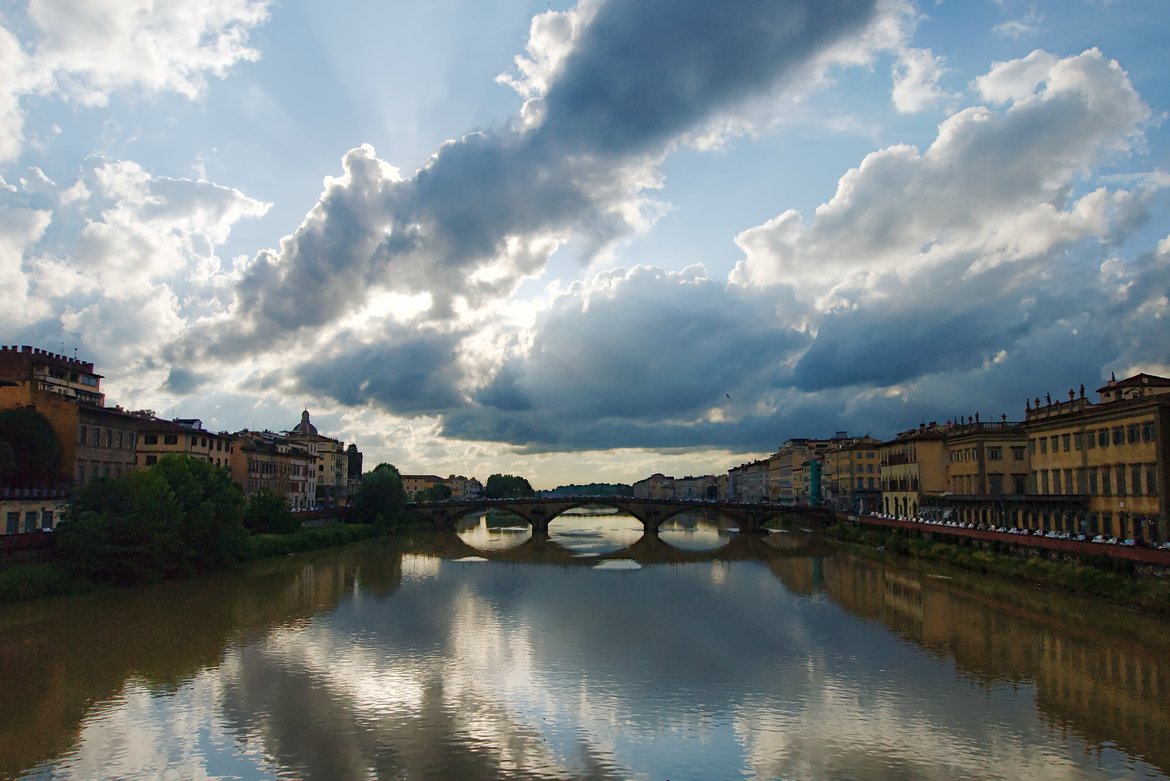
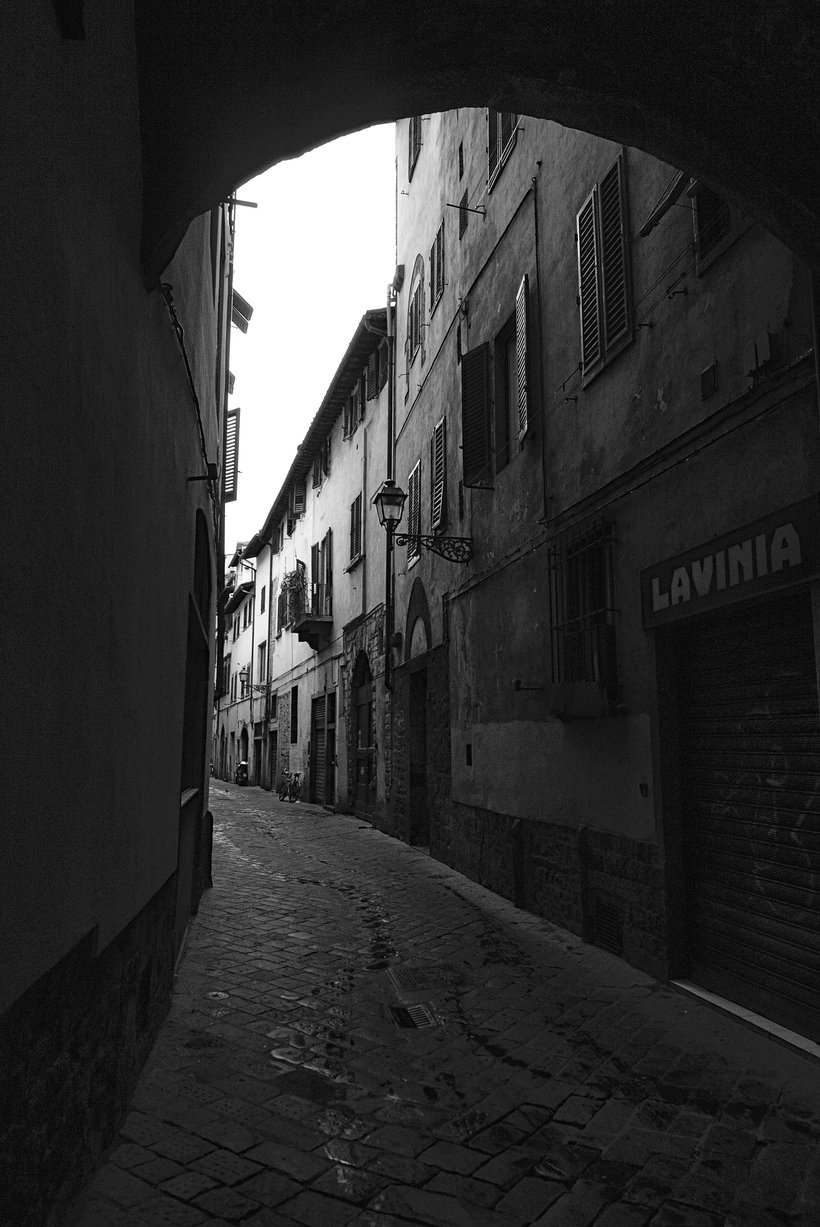
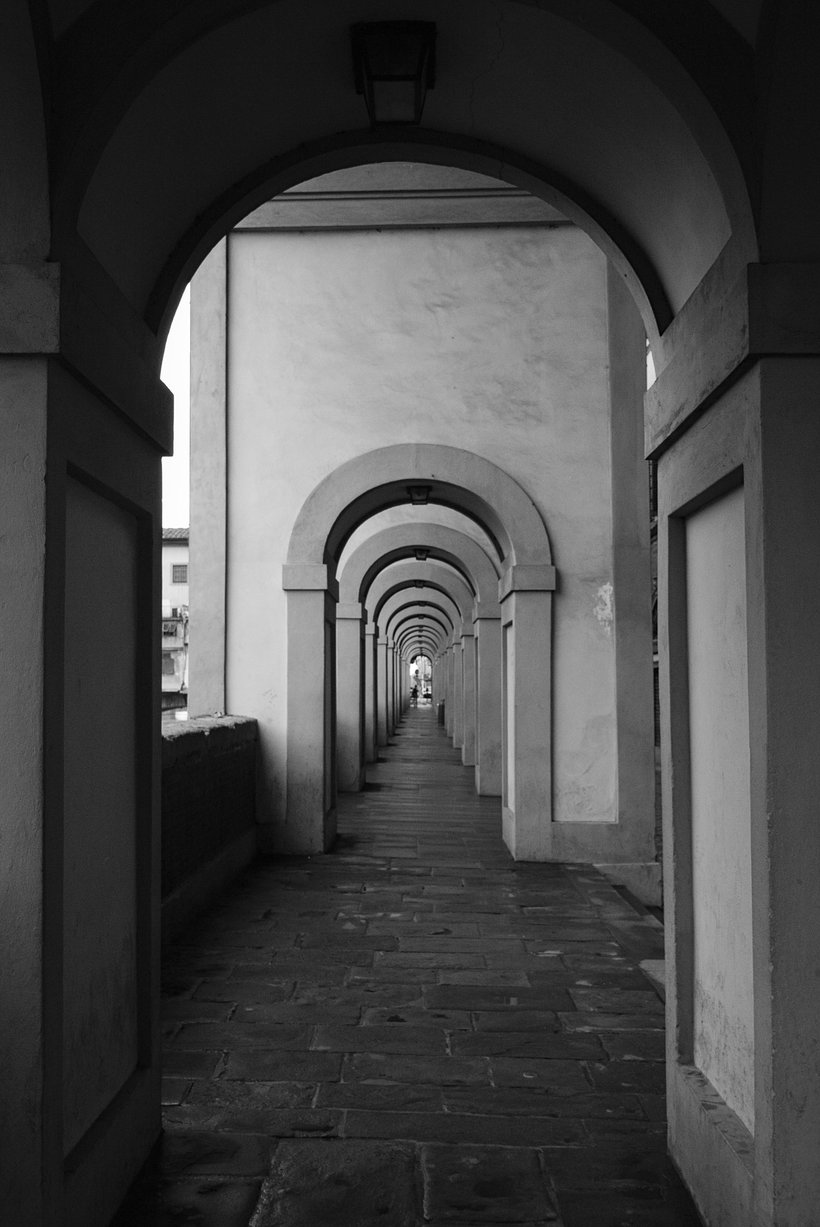
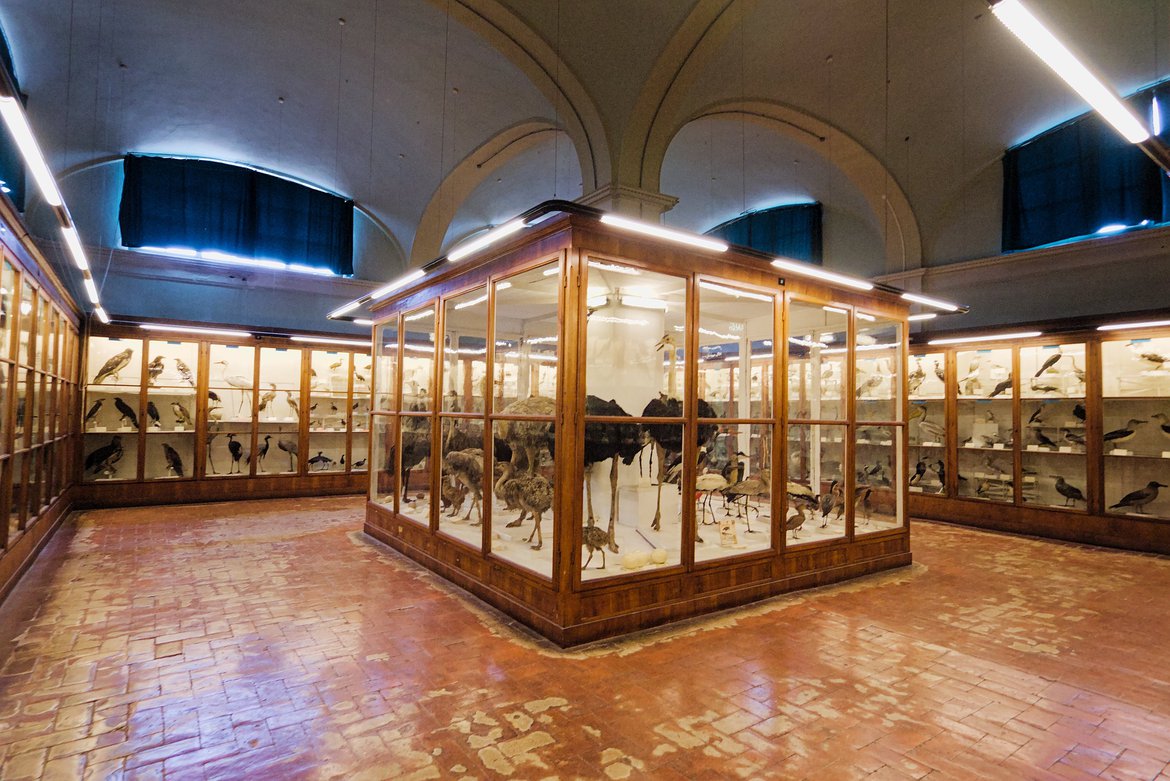
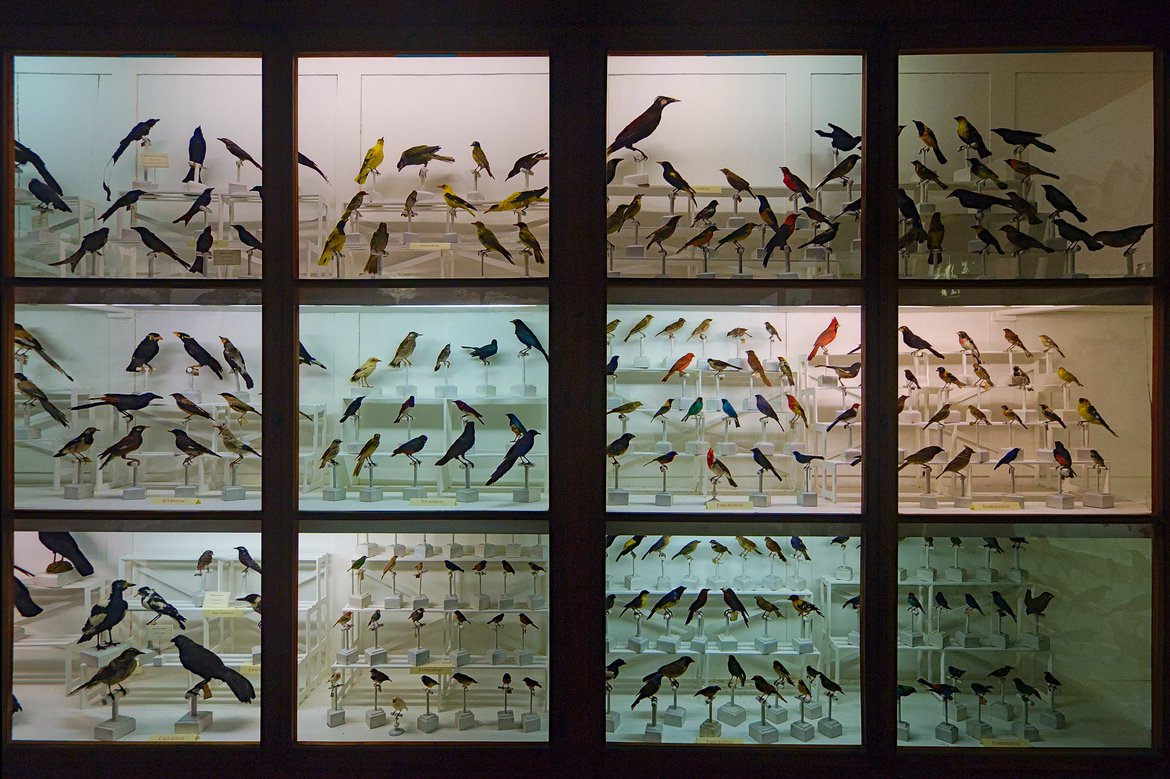
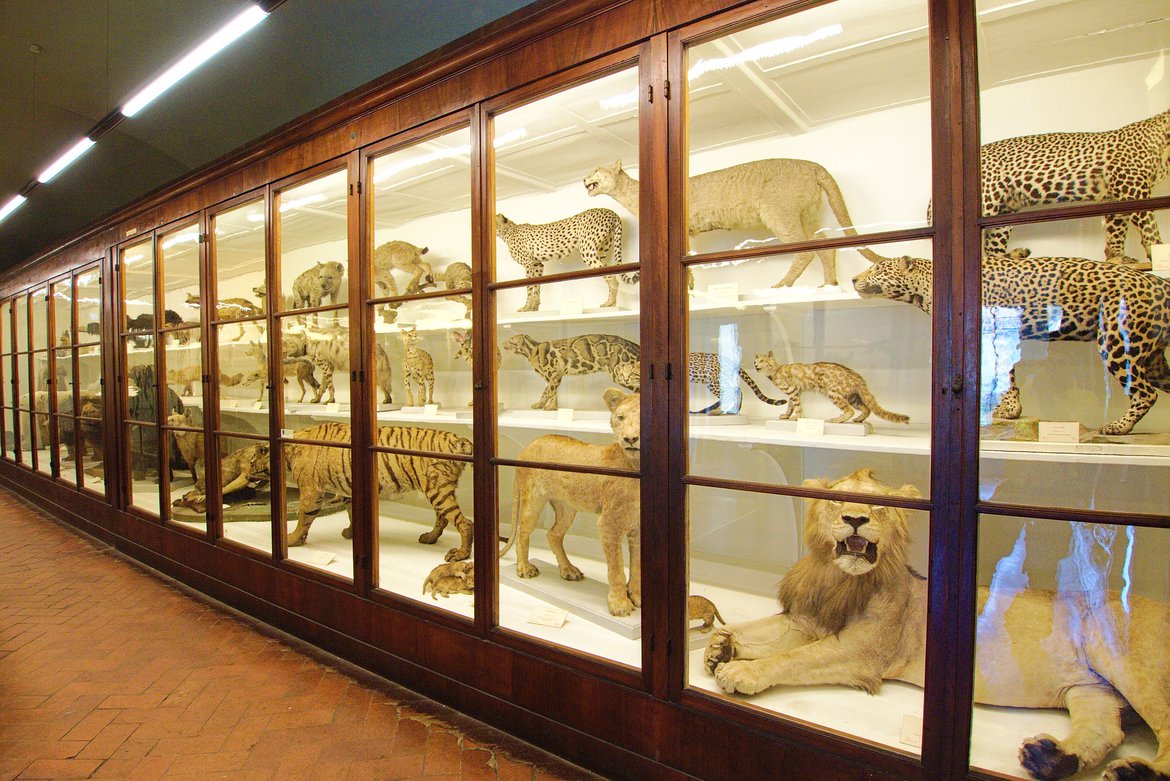
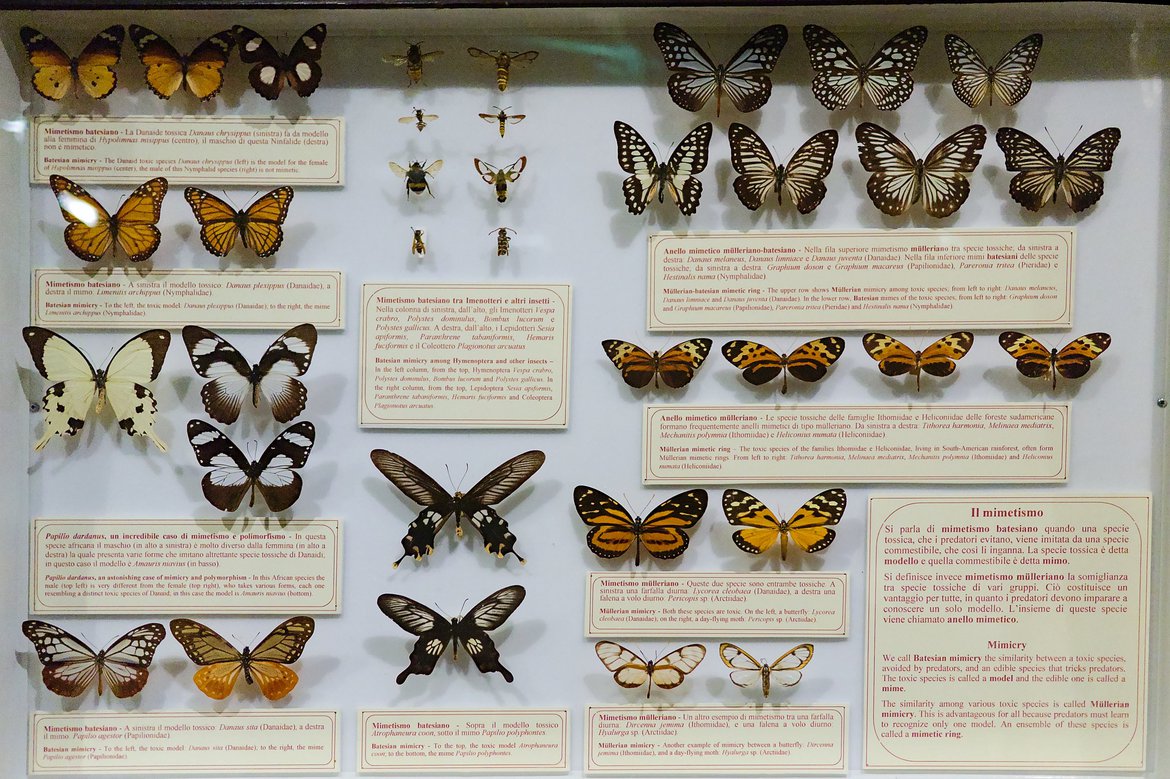
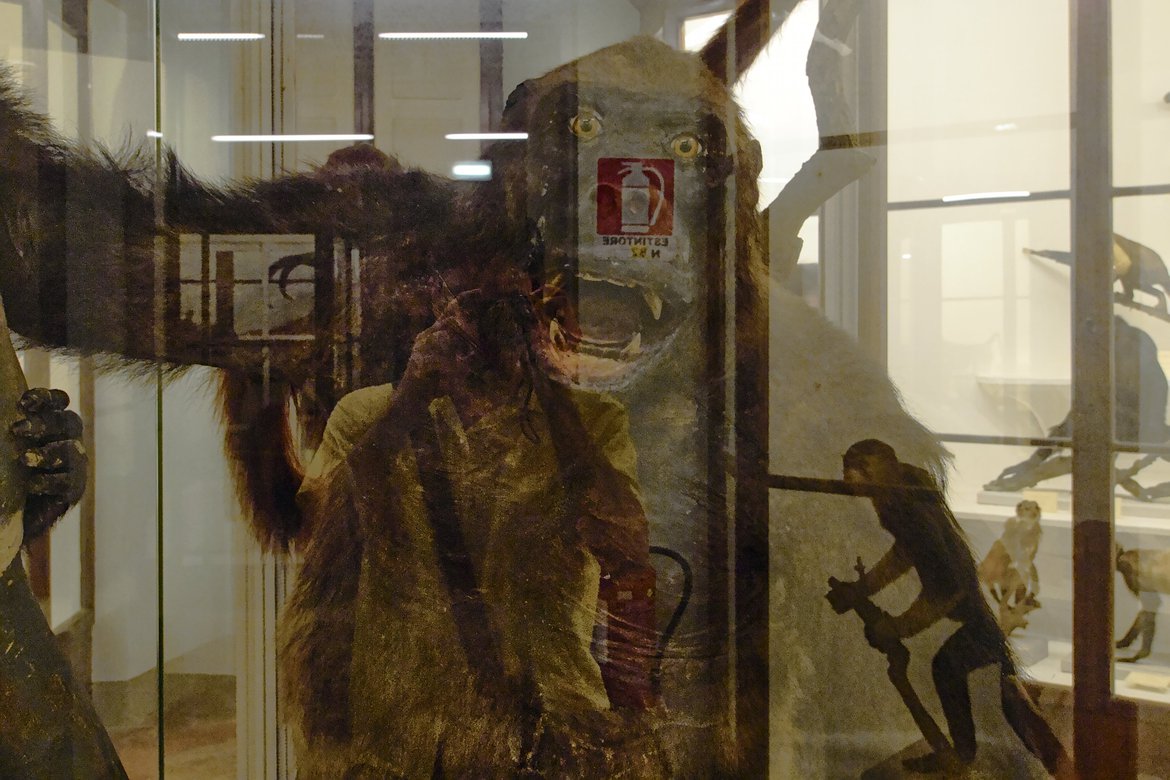
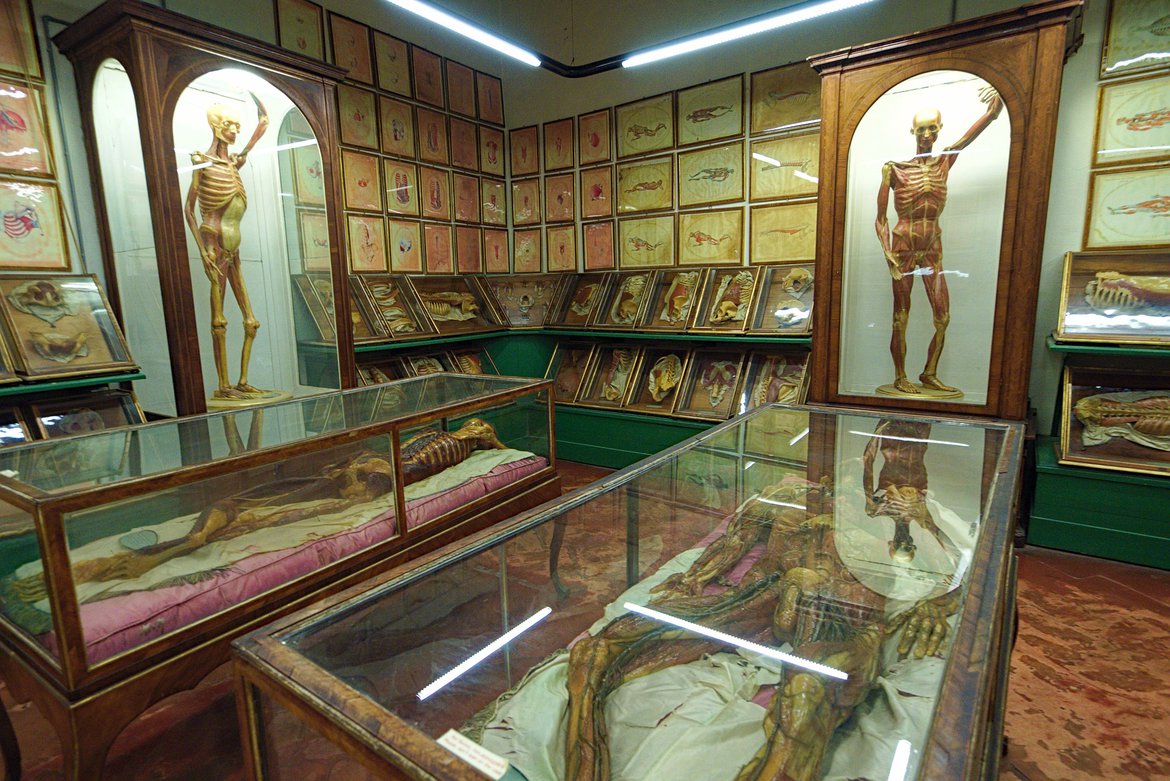
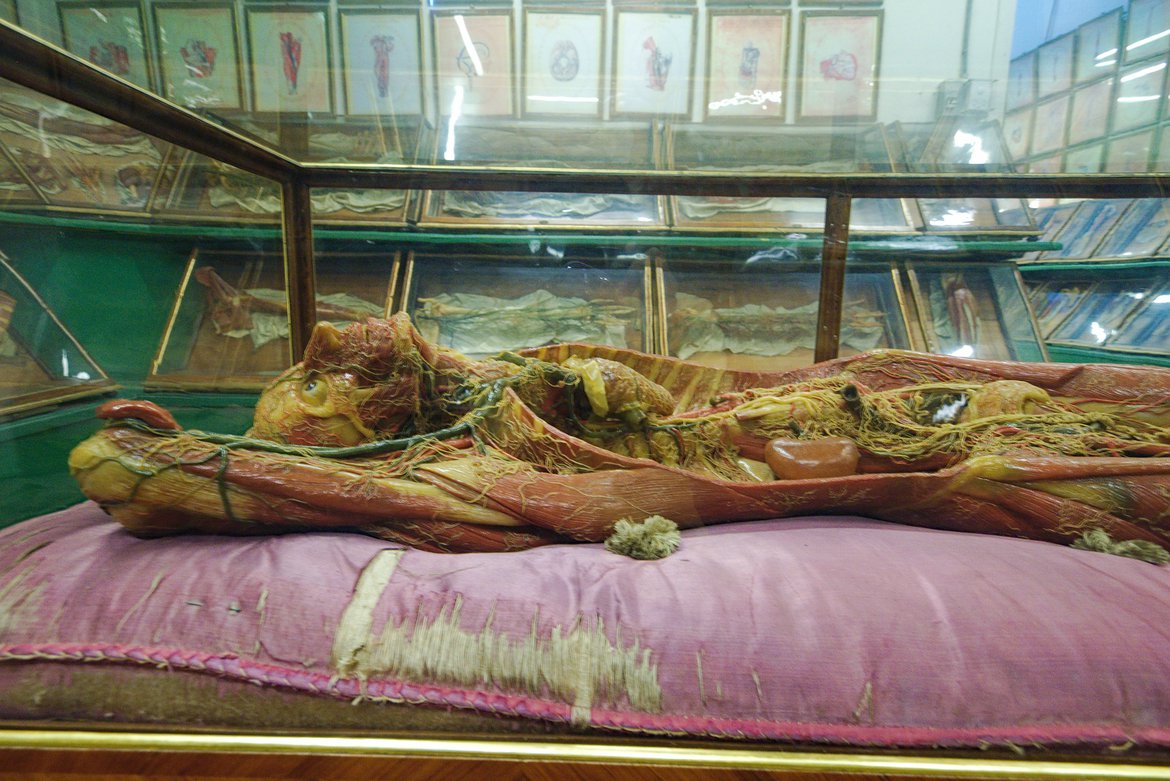
Thoughts?
Please leave a reply:
All comments are moderated, so you won’t see it right away. And please remember Kurt Vonnegut's rule: “god damn it, you’ve got to be kind.” You can use Markdown or HTML to format your comments. The allowed tags are
<b>, <i>, <em>, <strong>, <a>. To create a new paragraph hit return twice.